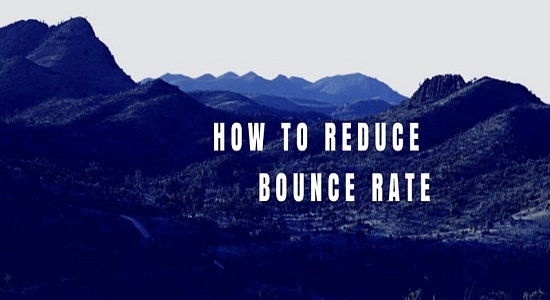Your cart is currently empty!
Tag: Rate
-

How to Decrease Your Bounce Rate
[ad_1] Affiliate disclosure: In full transparency – some of the links on our website are affiliate links, if you use them to make a purchase we will earn a commission at no additional cost for you (none whatsoever!). How to decrease your bounce rate of a website, many webmasters ask this question but the real
-

How to Massively Reduce Bounce Rate for Blogs/Websites
[ad_1] Blog owners often focus on the importance of Search Engine Optimization for increasing their website traffic. Just like any other content posted online, blog owners depend a great deal on SEO for promoting their website online. SEO or Search Engine Optimization or SEO is considered as the new mantra for success for one and
-

12+ Proven Ways to Improve Your Click Through Rate In (2022)
[ad_1] The ultimate goal of any website is to rank on the top of the SERP, which can be made possible by implementing advanced SEO strategies and hiring professional SEO content writing services. The effectiveness and success of such efforts can be measured through the organic click-through rate (CTR). To measure the organic CTR, you